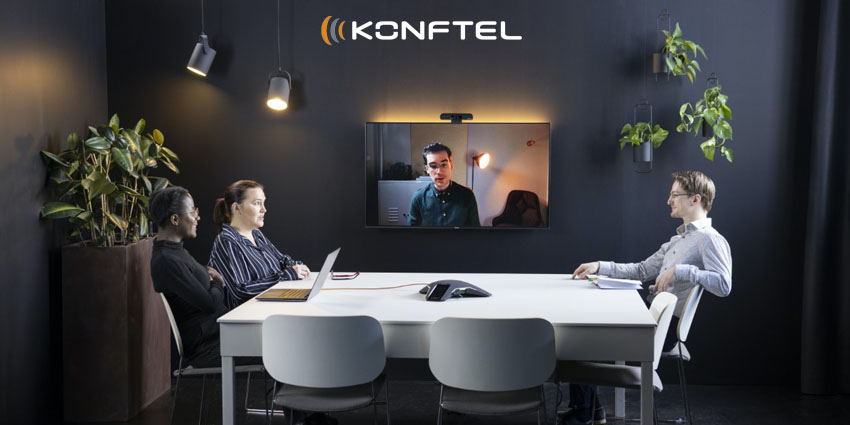When was the last time you attended an in-person business meeting?
Last week? Last month? Last year?
Incredibly, some recent new starters may answer ‘never’.
Such has been the exponential rise in the popularity of video conferencing.
No longer just for the corporate higher-ups with special dispensation; today it seems that video conferencing is pretty much ubiquitous.
We “jump on a video call” at a moment’s notice; breezily and routinely.
For those that are planned in advance, super-simple invites drop into our digital calendars.
When the time comes – and with just a couple of clicks – we’re in the room.
In fact, of all the very recent consequential bi-products of the global response to the pandemic, you could argue that video conferencing has changed our lives the most.
The psychology alone is fascinating.
The impact on the planet is potentially game-changing.
The effect on the bottom line is truly transformational.
“For me, it boils down to two things – time is treasure, and cost is king,” says Jeff May, UK Sales Director at Swedish-based global audio and video collaboration endpoints giant Konftel, who invented the first (audio-only) conference call more than 30 years ago.
“All of the time now saved as a result of not having to travel physically to attend meetings is obvious to everyone.
“The associated financial savings, in terms of transport costs, hotel costs and the like, are also clear to see.
“Those time and costs savings have always been there for the taking – now everyone gets it.”
Since the explosion, the big question has always been whether video conferencing can deliver the same levels of productivity as meeting face to face.
Can the same level of intensity be achieved in a virtual interaction?
“Cameras can now have really wide fields of view to capture the whole room audience, they can focus on individual speakers or positions as required.
That means a conference is much more inclusive and it is much easier for all attendees to make a positive contribution to the discussion,” says May.
“Picture and audio quality has also hugely improved, meaning engagement levels in conferences have increased. The technology has made the experience so much more dynamic for everyone involved. As a result, productivity is higher”
Convenience, too, has increased.
In the early days, attendees would pre-book a conference call.
A specifically-equipped room or an organisation’s only piece of video equipment would need to be made available – often relocated to a designated space within an office, and time would be needed to connect and configure.
Today, end users hop onto video calls at no notice at their work stations or on their mobile device – whether in a group or just on a one-to-one basis.
Familiarity and therefore user confidence is high to set up or join video meetings in a group back in the office, because it is exactly the same process we have all been doing on our own during lockdown.
The days of calling the IT Department to help get started are a thing of the past.
“That convenience in itself drives increased productivity,” says May.
“Getting things done quickly really matters – getting multiple people to an important, no-notice face-to-face meeting can be a logistical nightmare. Getting them all onto a video conference can be almost instantaneous”
Affordability is another huge driver.
No longer the sole domain of big corporates with big budgets, high quality video conferencing kit can transform small, medium AND large organisations for just a few hundred pounds.
Spend just a few thousand and you have the best there is.
“You can equip a small huddle room with 4k equipment for around £400,” says May.
“The train tickets for four people to attend a single face-to-face meeting would be more than that.
“The long-term return on investment is huge and guaranteed.”
Finally, of course, there is the environmental impact.
Fewer car journeys, less train travel, reduced flights: it all helps in the fight against climate change.
“Everywhere you look there are very good reasons to ensure your organisation is leveraging video conferencing in the most effective way possible,” says May.
“It’s now default for everyone and there will be no going back.”
The beginning of the end for the expense account?
Well, it seems they are certainly going to get an awful lot smaller.
To find out how Konftel can help your business make the most of video conferencing, visit www.konftel.com







